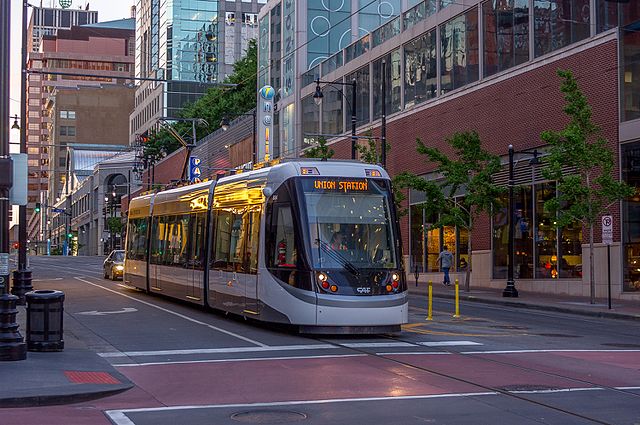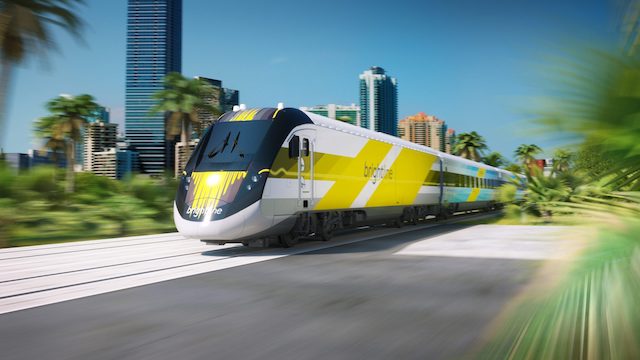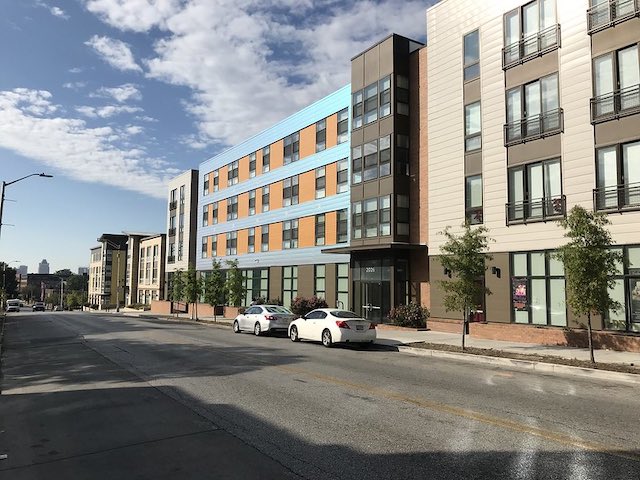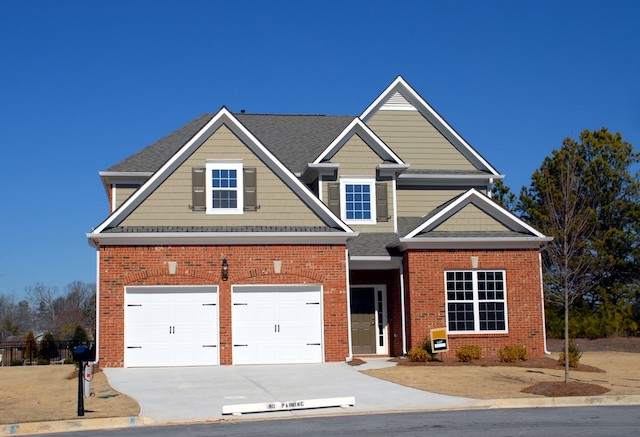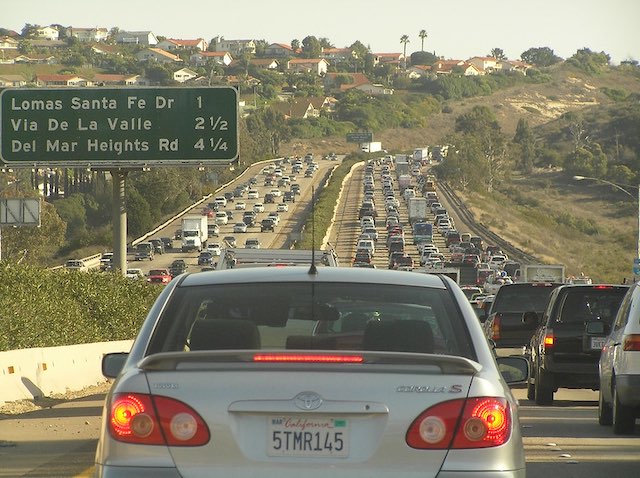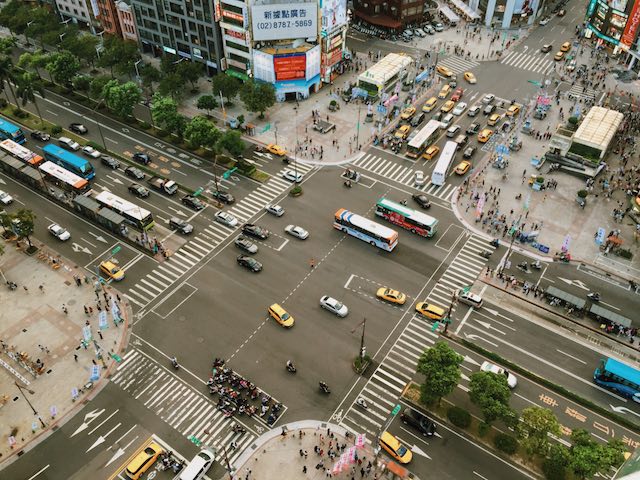Kansas City voters sensibly rejected spending money on light rail at least seven times. But that common sense apparently didn’t extent to streetcars, which are an even dumber idea than light rail as streetcars are slower than buses, far more expensive, and can’t get out of their own way if one breaks down.
Photo by Jason Doss.
Despite these disadvantages, Kansas City opened a 2.2-mile streetcar line in 2016 that it declared to be a great success. It carried almost 4,800 weekday riders in its first full year of operation, which is about as many as a mediocre bus route but more than streetcar lines in Atlanta, Charlotte, Cincinnati, Dallas, Little Rock, Seattle, Tucson, and Washington. Continue reading

